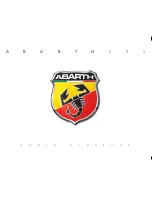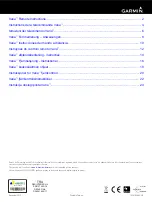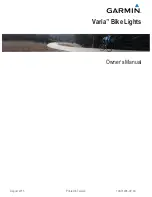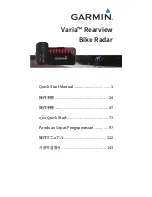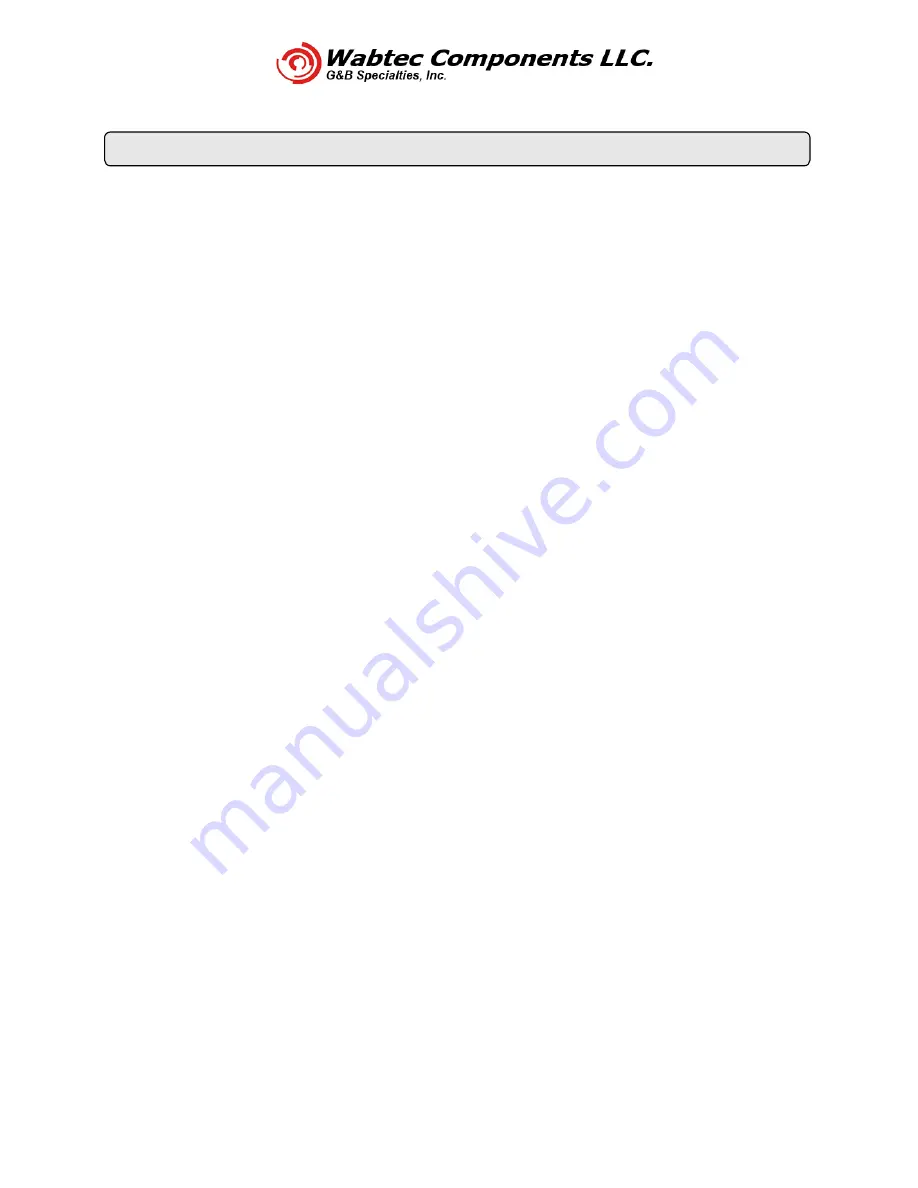
MIO-R45XRFR4836 Rev E
G&B Specialties Inc. 535 West 3
rd
Street, Berwick, PA, USA Tel: (570) 752-5901 Fax: (570) 752-6397
US Field Service: 570-441-6988; CAN Field Service 570-854-0482; www.rafna.com
-15-
R
AIL
W
HEEL
L
OAD
A
DJUSTMENT
During rail travel, the railgear removes a predetermined portion of the vehicle’s load from
the vehicle’s wheels and carries it on the rail wheels. A minimum amount of load must be
maintained on the rail wheels in order to avoid derailment. Likewise, a minimum amount of
load must be maintained on the vehicle wheels in order to provide traction for acceleration
and braking.
The rail wheel load should be adjusted following the installation of the railgear once the
vehicle has had all of its permanent load (service body, crane, welders, etc.) installed. The
rail wheel load requires periodic checks; however it should only require re-adjustment if the
railgear is moved, the vehicle equipment is changed, or the vehicle suspension settles or is
changed. As non-permanent load is added to and/or removed from the vehicle, the rail wheel
load will change also. This is acceptable as long as the weight ratings of the vehicle, axles,
wheels, tires and railgear are not exceeded and as long as the minimum rail wheel load is
maintained.
The rail wheel load must be a minimum of 800 lbs and is checked as described below using a
hydraulic bottle jack equipped with a gauge. If the gauge on the hydraulic bottle jack reads in
pounds per square inch (psi), use Table 5 along with the jack bore diameter to convert this
reading to pounds (lbs). If the gauge reads in pounds, then no conversion is required.
Check each rail wheel load as follows:
1.
Place the vehicle on a straight and level section of rail with the railgear lowered to the
rail position. Ensure the railgear is taking load through the tread of the rail wheel and not
on the flange of the rail wheel. The vehicle should only be carrying the permanently
attached load (service body, crane, etc.) and any always carried non-attached load
(welders, etc.) during this procedure. Do not include the operator or passengers. Ensure
the vehicle tires have been inflated to the manufacturer’s recommended air pressure and
that they are not in contact with any obstructions except the rails.
2.
Place the hydraulic bottle jack on a solid surface beneath the rail wheel spindle housing
and jack the rail wheel off the rail.
3.
Insert a piece of paper between the rail and the rail wheel. Lower the jack until the rail
wheel squeezes the paper so that it cannot be pulled out.
4.
Slowly jack up the rail wheel while pulling on the paper and observe the jack gauge. When
the paper can be pulled out, stop jacking.
5.
Record the load or pressure reading on the jack gauge.
6.
If necessary, convert the pressure reading to a load reading using the supplied table.































